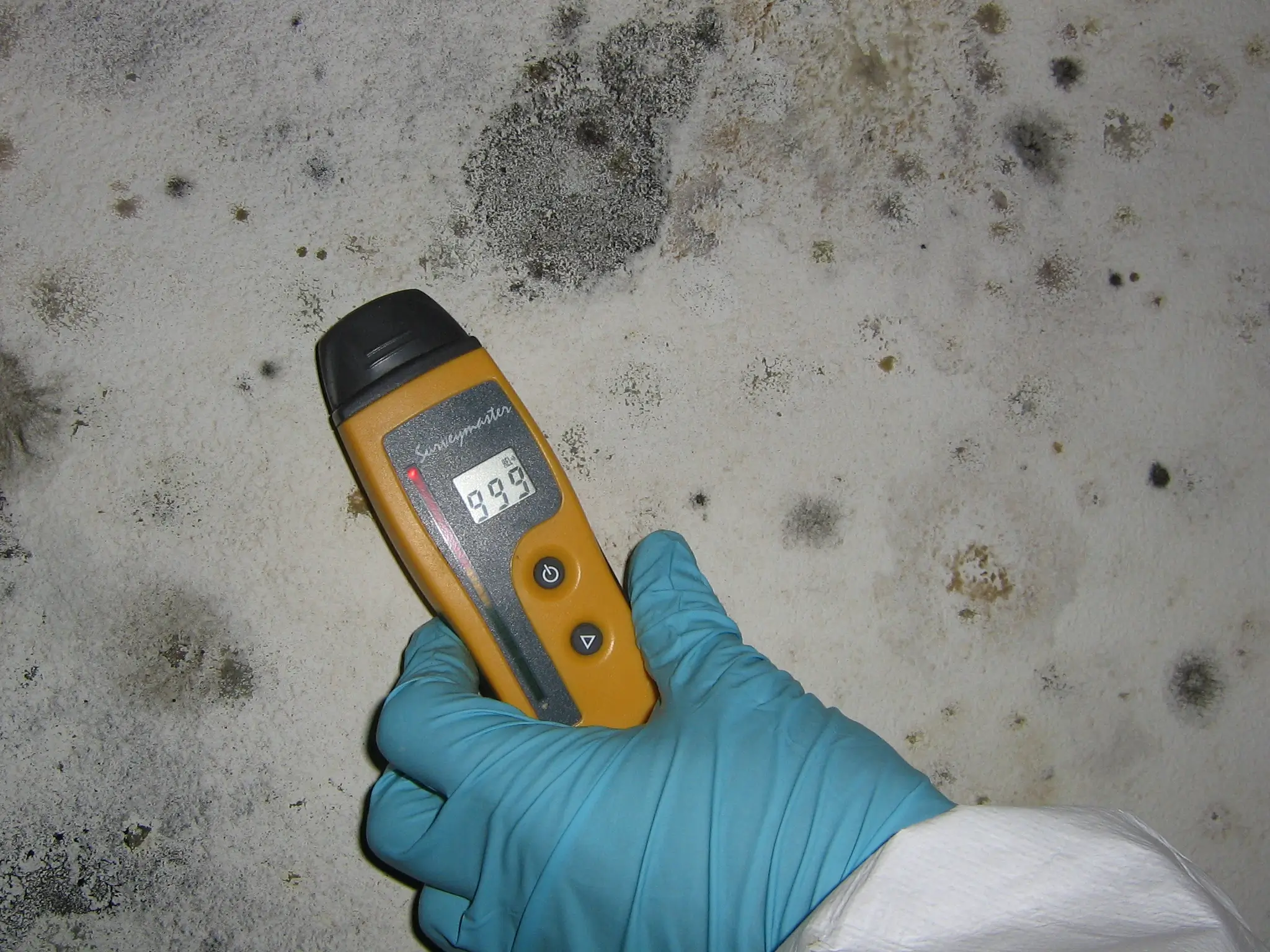Mold is a common concern for homeowners, and understanding the difference between mold remediation and mold inspection is crucial for addressing mold-related issues effectively. In this blog, we’ll explore the distinction between these two processes, helping you gain clarity on when each is necessary and how they contribute to maintaining a healthy home environment.
Mold Inspection: Identifying the Problem
source: Pinterest
A mold inspection is the initial step in addressing mold concerns in your home. It involves a thorough assessment of your property to identify areas of mold growth and assess the extent of the problem. During a mold inspection, certified professionals, such as those from Houston mold inspections, carefully examine your home for visible signs of mold, as well as hidden mold in areas like behind walls, under flooring, or within HVAC systems.
The primary goal of a mold inspection is to determine the presence of mold, identify the type of mold present, and assess any associated health risks. Certified inspectors use specialized equipment, such as moisture meters and thermal imaging cameras, to detect moisture sources and pinpoint areas of potential mold growth. They may also collect air and surface samples for laboratory analysis to confirm the presence of mold spores and determine their concentration levels.
Overall, a mold inspection provides homeowners with valuable information about the mold issues present in their home, allowing them to make informed decisions about the next steps for remediation.
Mold Remediation: Addressing the Problem

source: Pinterest
Once mold has been identified through a mold inspection, mold remediation becomes necessary to eliminate the mold and prevent its recurrence. Mold remediation is the process of removing mold from affected areas and restoring the property to a clean and safe condition.
During mold remediation, trained professionals employ specialized techniques and equipment to contain and remove mold safely. This may involve isolating contaminated areas, using HEPA air filtration devices to prevent mold spores from spreading and employing antimicrobial treatments to kill mold and prevent regrowth.
The specific methods used for mold remediation depend on factors such as the type and extent of mold growth, as well as the affected surfaces and materials. In some cases, remediation may also involve repairing or replacing damaged building materials to eliminate moisture sources and prevent future mold growth.

source: mydecorative.com
Ultimately, the goal of mold remediation extends beyond the mere removal of existing mold; it encompasses the comprehensive resolution of underlying moisture issues that fostered its growth. This holistic approach is integral to ensuring that the problem does not resurface, safeguarding the health and integrity of the home in the long term.
When mold proliferates within a home, it often signifies an underlying moisture problem—an environment conducive to mold growth. Identifying and rectifying these moisture issues are paramount to prevent future mold recurrence. This is where environmental home testing plays a pivotal role. By conducting thorough environmental home testing, professionals can assess various factors contributing to mold growth, such as humidity levels, water leaks, or inadequate ventilation.
Through environmental home testing, specialists gain valuable insights into the specific conditions that have enabled mold to thrive within the home environment. Armed with this knowledge, they can develop targeted remediation strategies aimed at addressing these underlying issues at their source. Whether it involves repairing leaky pipes, improving ventilation systems, or mitigating excessive moisture buildup, environmental home testing guides remediation efforts towards lasting solutions.
Working Together for a Healthy Home

source: hitchesglitches.com
In summary, mold inspection and mold remediation are two essential components of addressing mold issues in your home. While a mold inspection helps identify the presence of mold and assess the extent of the problem, mold remediation focuses on safely removing mold and restoring the property to a clean and safe condition.
By understanding the difference between mold inspection and mold remediation, homeowners can take proactive steps to address mold-related issues effectively. Whether you’re in need of a thorough mold inspection or professional mold remediation services, trusted providers like Houston mold inspections can help you safeguard your home and protect your family’s health. Don’t hesitate to take action if you suspect mold growth in your home—working together, we can create a healthier living environment for everyone.



